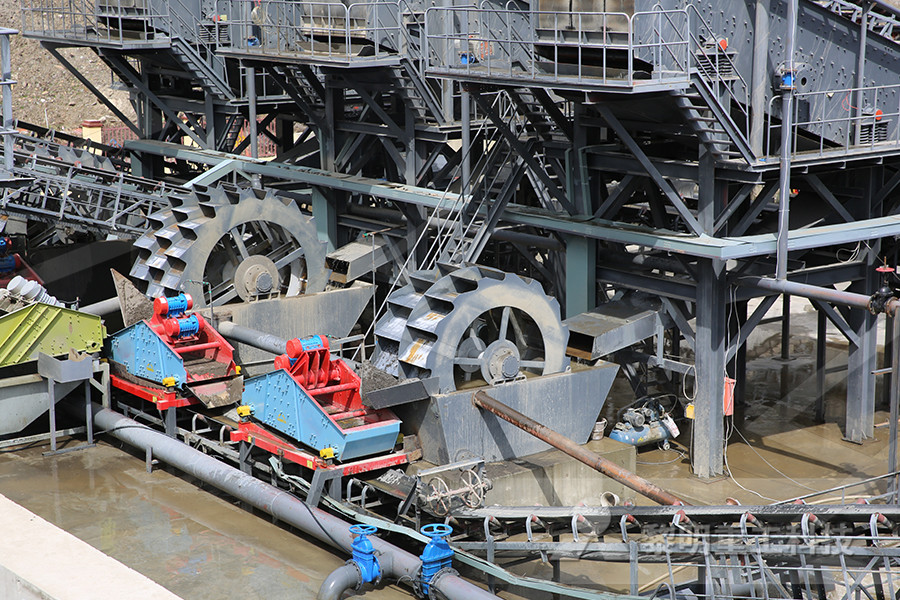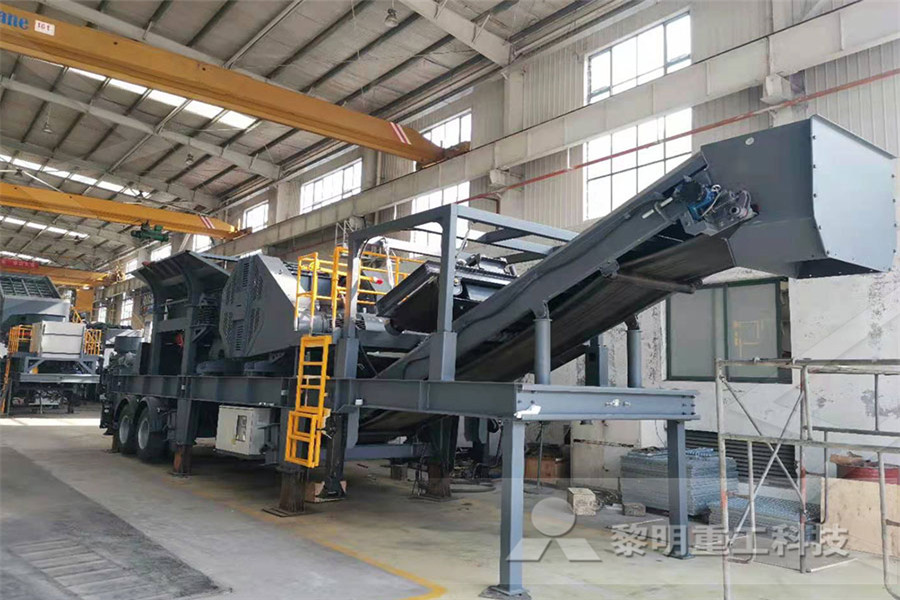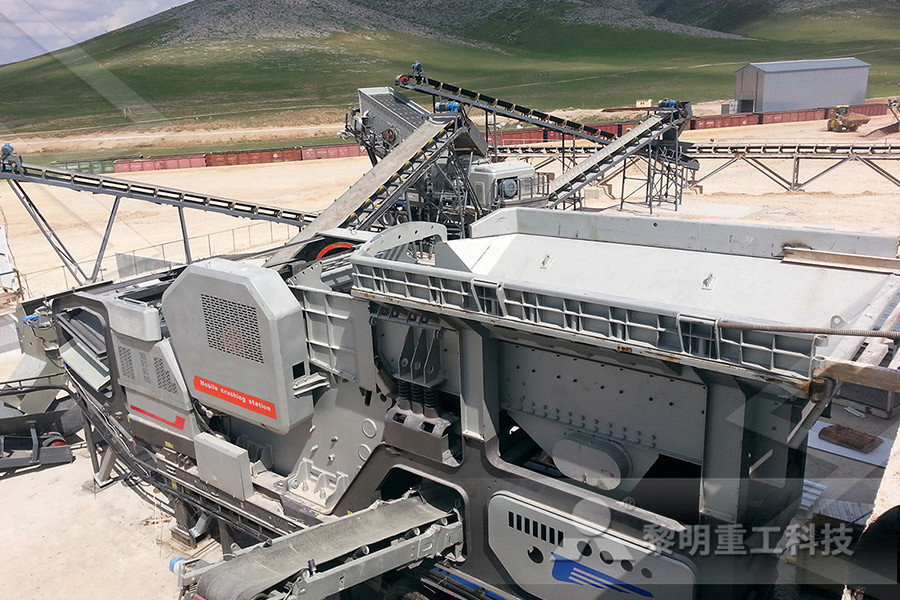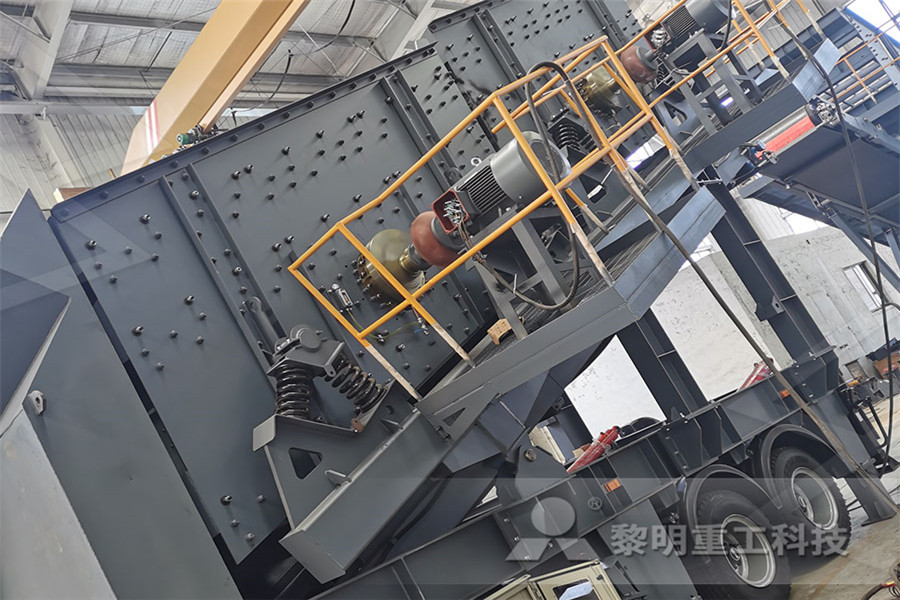african slaves working in mills
2020-05-19T09:05:23+00:00

African Slaves Working In Mills In Africa Empart
African Slaves Working In Mills In Africa Milling Equipment: african slaves working in mills in africa A class of machinery and equipment that can be used to meet the production requirements of coarse grinding, fine grinding and super fine grinding in the field of industrial grindingThe finished product can be controlled freely from 0 to 3000 meshThe Enslaved African American Experience in NY and Philipsburg In order to help your students put slavery in the context of African and American history, you Jay had slaves working in his home the first group of enslaved Africans at the Upper Mills at Philipsburg Manor african slaves working in mills lokatawzlotowawplAfrican slaves working in a sugar mill in Brazil: pen and wash drawing, 1640, by Frans Post Image No Add to Lightbox File Size: 3095 x 1551 px @354dpi Image Source Credit: GRANGER License for Classroom Use: GRANGER ACADEMIC Image of SLAVERY: BRAZIL African Slaves Working In

Image of SLAVERY: WEST INDIES African Slaves
African slaves working at a sugar mill in the West Indies, probably on a Dutchowned island Line engraving, 17th century Image No Add to Lightbox File Size: 3240 x 2560 px @300dpi Image Source Credit: Sarin Images / GRANGER License for About five percent of enslaved African Americans were industrial workers in mines, iron works, textile mills, and, like Frederick Douglass, in shipyards Born enslaved in Maryland in 1818, Douglass was hired out as a teenager to a shipbuilder in BaltimoreSlave Labor, Enslavement, African American Identity: African slaves working on a sugarcane plantation in the West Indies Handcoloured copperplate engraving by Migliavacca from Giulio Ferrrario's Costumes Antique and Modern of All Peoples (Il Costume Antico e Moderno di Tutti i Popoli), Florence, 1842Slaves Plantation Working High Resolution Stock

Africa and the Bitter History of The African Exponent
When the cane was ripe, the enslaved workers cut the sugar cane by hand with large curved machetes and loaded the stems onto carts Mills were slow and inefficient so during the harvesting season the slaves By 1850, about 32 million slaves labored in the United States, 18 million of whom worked in the cotton fields Slaves faced arbitrary power abuses from whites; they coped by creating family and community networks Storytelling, song, and Christianity also provided solace and allowed slaves to develop their own interpretations of their conditionLife as a Slave in the Cotton Kingdom African The First and Second Gang slaves were divided into two groups, with the first group working 12 hours during the day, and the second group then working 12 hours during the night, after which they repeated the cycle The canes were taken to the mill Enslaved People’s work on sugar plantations

What Types of Work Did African Americans Have
The American Civil War was fought from 1861 to 1865, primarily over the issues of slavery and states' rights and in an effort to preserve the Union During the war years, most African Americans in the South were enslaved, but those who had been born When the cane was ripe, the enslaved workers cut the sugar cane by hand with large curved machetes and loaded the stems onto carts Mills were slow and inefficient so during the harvesting season the slaves worked in the mill and boiling house 24 hours a day to process the cropAfrica and the Bitter History of The African Exponent By 1708, 315% of the population of South Carolina were black African slaves By 1724, 695% of the population were black African slaves In 1729, the colony divided into North and South, but the swampy marshes of the south made it the heart of the slavebased plantation economyJohn Locke and the Introduction of Mass African

Life as a Slave in the Cotton Kingdom African
By 1850, about 32 million slaves labored in the United States, 18 million of whom worked in the cotton fields Slaves faced arbitrary power abuses from whites; they coped by creating family and community networks Storytelling, song, and Christianity also provided solace and allowed slaves to develop their own interpretations of their conditionThe American Civil War was fought from 1861 to 1865, primarily over the issues of slavery and states' rights and in an effort to preserve the Union During the war years, most African Americans in the South were enslaved, but those who had been born free or gained their freedom worked at a What Types of Work Did African Americans Have Amerindian Slavery and Coerced Labor Soon after his famous 1492 voyage, with the backing of the Spanish Crown and over one thousand Spanish colonists, Genoese merchant Christopher Columbus established the first European colony in the Americas on the island of Hispaniola (presentday Haiti and the Dominican Republic) Columbus is believed to have had prior experience trading in West Africa The Spanish and New World Slavery African Laborers

The Decline of Northern Slavery and the Rise of the
African Americans owned land and businesses, founded mutual aid societies, established churches, promoted education, developed print culture, and voted Nationally, however, the slave population continued to grow to a total of 700,000 in the early years of the nineteenth centurySlaves in the northern American region labored on small farms and as skilled and unskilled workers in factories and along the coast as shipbuilders, fishermen, craftsmen, and helpers of tradesmen Slavery on American soil grew at such a fast rate that, by 1750, over 200,000 African slaves were here Fifty years later, that number grew to 700,000The African American: A Journey from Slavery to Another reason that African enslavers were so willing to sell off fellow Africans was that they felt they had no other option As the trade of enslaved people intensified in the 1600s and 1700s, it became harder not to participate in the practice in some regions of West Africa The enormous demand for enslaved Africans led to the formation of a A History of African Traders of Enslaved People

White slavery in the Industrial Revolution
In such times, Black slaves in America were often treated better than White employees, as the slaves could be quite expensive to buy, and therefore were looked after as an economic asset The Economist has estimated that in 1753 an African slave from the Gold Coast would cost £16 (about UK£1,000 or US$1,650 in today's money), and in the West African slaves working on a sugarcane plantation in the West Indies Handcoloured copperplate engraving by Migliavacca from Giulio Ferrrario's Costumes Antique and Modern of All Peoples (Il Costume Antico e Moderno di Tutti i Popoli), Florence, 1842Slaves Working High Resolution Stock Photography When the cane was ripe, the enslaved workers cut the sugar cane by hand with large curved machetes and loaded the stems onto carts Mills were slow and inefficient so during the harvesting season the slaves worked in the mill and boiling house 24 hours a day to process the cropAfrica and the Bitter History of The African Exponent

John Locke and the Introduction of Mass African
By 1708, 315% of the population of South Carolina were black African slaves By 1724, 695% of the population were black African slaves In 1729, the colony divided into North and South, but the swampy marshes of the south made it the heart of the slavebased plantation economyA typical day lasted from 6:30 am to 6:30 pm, with an hour off for midday dinner Police reports in the Charleston News and Courier told of the many women working at the mill who faced harassment— men often stood outside and “interfered with” women who were walking to work in the dark In addition, while wages were steady, they were lowWorking in the Factory Charleston's Cotton Factory, Complaints from plantation owners about the variation in the contents of the bales of cloth they received were common, and Isaac wrote home that one of their contract weavers, John D Williams (who by 1845 owned two mills making slave cloth), “does not twist enough or let the wool lie long enough in the die [sic]” and that the slaves held Slave Cloth and Clothing Slaves: Craftsmanship,

slavery in Brazil histclo
Brazil had the largest slave population in the world, substantially larger than the United States The Portuguese who settled Brazil needed labor to work the large estates and mines in their new Brazilian colony They turned to slavery which became central to the colonial economy It was particularly important in the mining and sugar cane sectorsAfrican Americans owned land and businesses, founded mutual aid societies, established churches, promoted education, developed print culture, and voted Nationally, however, the slave population continued to grow to a total of 700,000 in the early years of the nineteenth centuryThe Decline of Northern Slavery and the Rise of the Another reason that African enslavers were so willing to sell off fellow Africans was that they felt they had no other option As the trade of enslaved people intensified in the 1600s and 1700s, it became harder not to participate in the practice in some regions of West Africa The enormous demand for enslaved Africans led to the formation of a A History of African Traders of Enslaved People

Slaves Working High Resolution Stock Photography
African slaves working on a sugarcane plantation in the West Indies Handcoloured copperplate engraving by Migliavacca from Giulio Ferrrario's Costumes Antique and Modern of All Peoples (Il Costume Antico e Moderno di Tutti i Popoli), Florence, 1842 AFRICAN AMERICANS Cleveland's African American community is almost as old as the city itself GEORGE PEAKE, the first black settler, arrived in 1809 and by 1860 there were 799 blacks living in a growing community of over 43,000As early as the 1850s, most of Cleveland's African American population lived on the east sideAFRICAN AMERICANS Encyclopedia of Cleveland Slaves in the northern American region labored on small farms and as skilled and unskilled workers in factories and along the coast as shipbuilders, fishermen, craftsmen, and helpers of tradesmen Slavery on American soil grew at such a fast rate that, by 1750, over 200,000 African slaves were here Fifty years later, that number grew to 700,000The African American: A Journey from Slavery to
jaw stone crusher manufacturer 2cgermeny
stone processing plant manganese ghana
Ball Milling In Inert Atmosphere
basalt mining in ethiopia
denver jaw stone crusher cheek plates
Cone Crusher Crusher3 Cone Crusher Crushera
maquina para reciclar entulho pequeno porte
build eccentric shaft for jaw crusher
quarry mining jobs in lafarge
October 2012 Quarry Crusher
list of cement supplier equipments in andhra pradesh
Vermiculite Mobile Cone Crusher Supplier
grinding machine dealers in india
impact crusher tepung
Different Types Of Stones Machines
Concrete Crusher In Mirzapur
Cone Crusher Lab Configuration Of Hammer Crusher
kyosho giga crusher twin engine myyjt
Are There Copper Mines In Asir Arabia
tracked mobile jaw crusher manufacturer in india
basalt crusher machine for sale singapore
Brick Crushing Machine
Sand Drying and Screening 300 600th Plant Sale
double jaw surgery drastic change
stone crushing plant sellers in germany
solutions machine crusher processing of low grade iron
portable dolomite crusher provider south africa
easy install stone crusher equipment
Crawler Crusher Machine Org
stone crusher machine manufacturer tonehrs in nigeria









